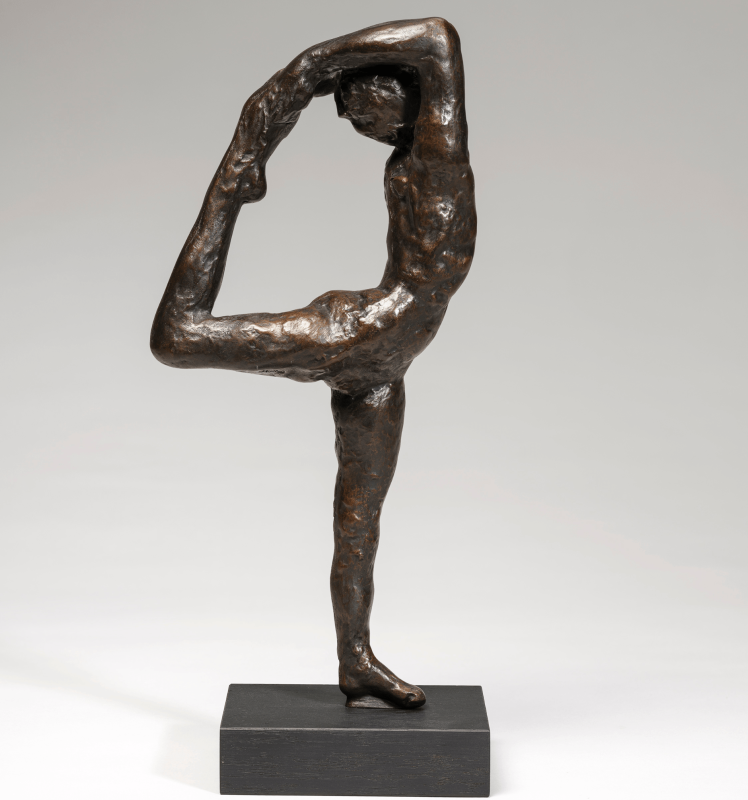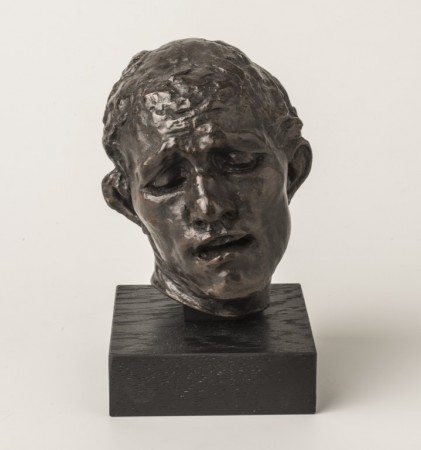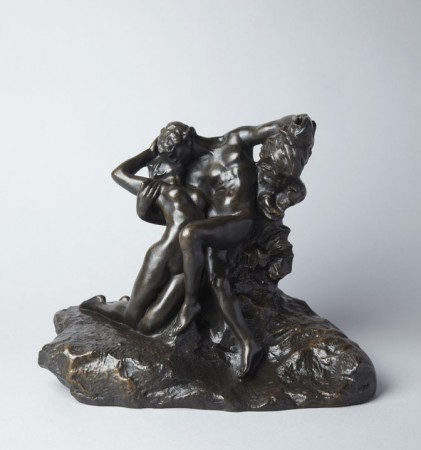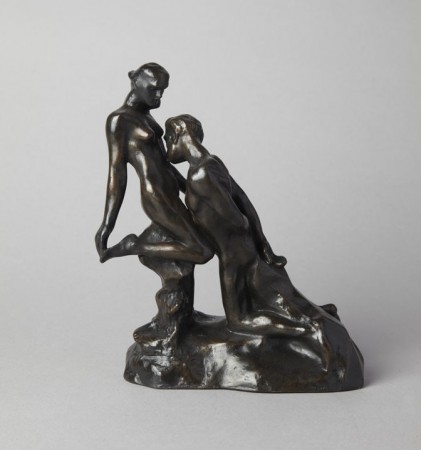

Auguste Rodin (1840-1917)
Rodin tried to capture the essence of the body in movement. Unlike Degas, who obviously comes to mind when looking at this series, classical ballet did not much interest Rodin who found it stilted and conventional. He was more interested in different forms of dance which he considered to be more authentic or more modern: such as the dances of King Sisowath of Cambodia's dancers, but also Loïe Fuller, Isadora Duncan, Nijinsky and French Cancan dancers.
Alda Moreno, a dancer at the Opéra Comique, was introduced to Auguste Rodin by Desbois in July 1910. He was fascinated by her suppleness and wanted to get her to pose immediately. But she was away for the summer and Desbois had to reassure Rodin: "You will see her as soon as she gets back and you will be able to make as many works of her as you like". And a little later: "The little model has come back and is completely at your service". The young woman then posed for Rodin who made about 50 line drawings of her in pencil shaded with a stump. These daring attitudes seem to deny the joints to the point of verging on awkwardness since Rodin, like Picasso in The Acrobat (1930, Paris, Picasso Museum), takes no account of traditional anatomy: the Dance Movement serial was born.
Each reproduction requires great expertise and draws on the skills of the Rodin Museum's teams and craftsmen. It is from the official moulds from the museum's collections that the most accurate resin reproductions are made. They are then hand-patinated to give it the appearance of bronze, plaster or marble.
Finally, they are validated and checked by the Musée Rodin’s curators to ensure that they comply with moral rights.
Reproductions come with an explanatory note about the history of the work.
The seal and the mention “Reproduction - Musée Rodin” guarantee the quality and origin of the sculpture reproduction.













